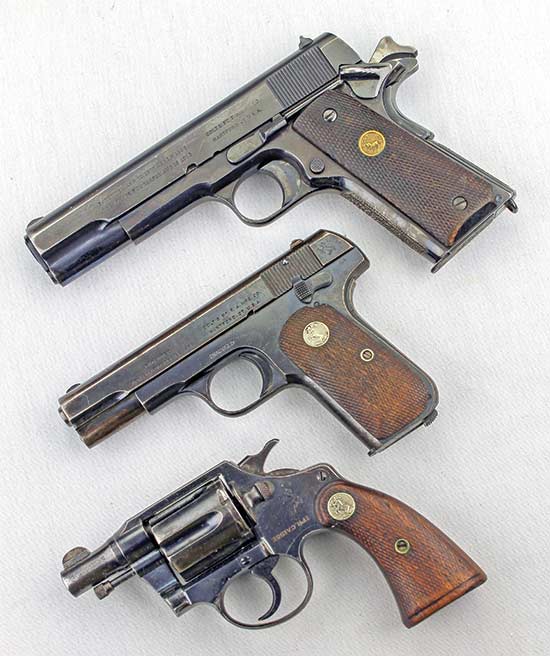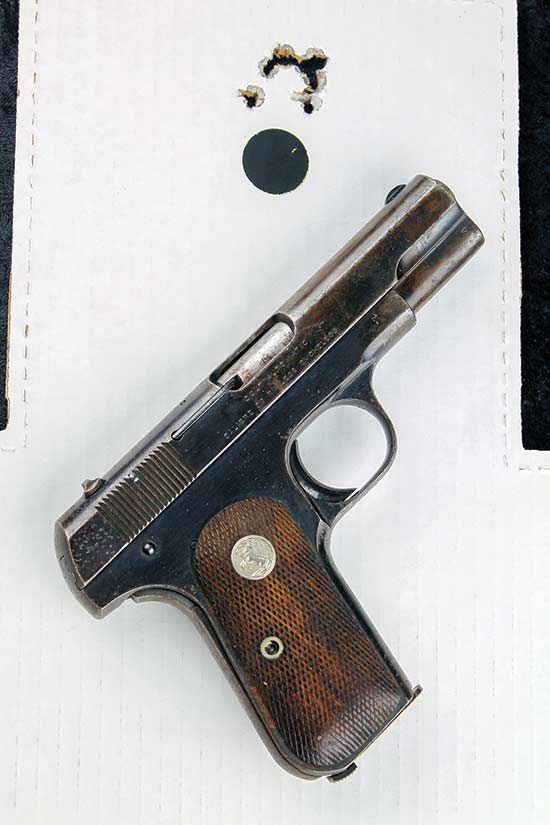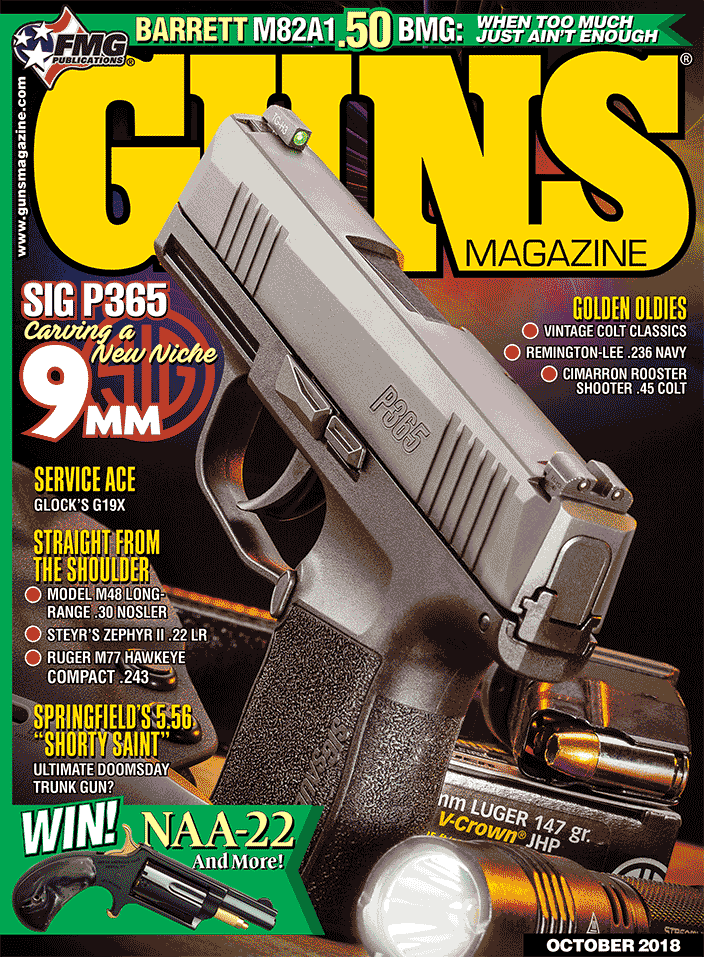All In The Family
Old Colts Are Forever
I don’t know a lot of folks still driving their ancestors’ Model A Fords. But I’ve met lots of folks who still own and use the guns of their ancestors. Firearms are the ultimate “durable goods.” They hold their value well, sometimes appreciating greatly, and even if heavily used may still be perfectly functional. Let me share three of my favorite Colt examples.
Colt 1911 (Vintage 1918)
My first .45 Auto was a mil-surp Colt 1911 made in 1918. My dad gave it to me for Christmas in 1960. He’d bought it — for $37.50 — at Stan Sprague’s gun shop in Hooksett, N.H.
By New Year’s I was fieldstripping it blindfolded and reassembling it in a minute or so. It was the first gun I carried loaded and concealed while working part-time in his jewelry store at age 12. (Yes, it was legal at the time, and still would be in that place.) I’d been reading Jeff Cooper’s paeans to the 1911 and had drunk the .45 ACP Kool-Aid.
The finish was worn with rust freckles. The short-tang grip safety combined with the wide, flat original hammer bit the web of my hand. The sights were too tiny for even sharp young eyes, and the checkering was about worn off the right grip panel. The bore was rusted from early corrosive ammo. Later in the ’60s I took it to Riley’s Gun Shop in Hooksett. Dick Riley — who would later become president of NRA — had his top gunsmith Nolan Santy reblue it and fit it with new sights, hammer and grip safety — and later a Colt Series ’70 barrel and bushing. He also stippled the front of the grip frame and the flat mainspring housing, and beveled the mag well.
We were part of a generation who could buy surplus 1911s cheap and modify them at will, little knowing we’d leave so few in original condition as to make them eventually worth a fortune. But we didn’t care then because we wanted them to work better. Updated 1911s eventually relegated my original old Colt to the back of my safe. In 2011, to celebrate the centennial of the 1911, I liberated it from captivity and took it to the range. At 25 yards it plunked a magazine full of .45 ACP satisfyingly “center-head” in an IPSC target. I returned it to the safe, replacing it on my person with guns sporting bigger sights more suitable for us geezers.
Colt Pocket Hammerless (Vintage 1920)
Colt introduced the Pocket Hammerless .32 in 1903. My grandfather’s tracks to 1920. It was “state of the art” when, according to oral family history, Gramps shot an armed robber with it. He later gave it to my dad, who used it to scare off a burglar in Boston and thereafter kept it cocked and locked on a holster nailed to a cabinet in his jewelry store. It was the first semi-auto pistol I ever fired, at age nine. I inherited it in turn, and my youngest, then 15, shot it and became the only person in the fourth generation of our linear family to fire it.
I recently brought it out of retirement and took it to the range. A magazine of 71-gr. FMJ .32 ACP produced a satisfying knot in the head of the target at seven yards, though high from point of aim (those damn tiny sights didn’t help). It ran fine with its original magazine, which had been kept loaded for most of its 98 years of existence.
Colt Detective Special (Vintage 1930)
This one only has one generation with my family name on it; I bought it at Riley’s Gun Shop (see a pattern there?) around the turn of the 21st century. This 2″ version of the Police Positive .38 Special appeared in the 1926–27 period and was an instant hit — making “detective special” (lower-case) the generic term for small-frame .38 snubs.
It was carried by such legendary lawmen as Melvin Purvis and Eliot Ness, though Purvis might have been disappointed he missed when he fired his at Pretty Boy Floyd. The Colt historian tells me mine was produced in 1930 and shipped to the New Jersey State Police. The sideplate is engraved “TPR. CAISSE,” and for reasons I have yet to discover, the engraving is upside down. It still locks up tight and shoots tight. I carried it for a short time as backup on duty, just because it pleased me to think it had served to protect the public into the 21st century.
We now have more efficient handguns than all these early models, but the fact each of these old Colts is still perfectly functional and still capable of protecting the innocent from evil says something. None are for sale, and all will be found with specific mention in my Last Will and Testament.







